
In the rainforest of Peru, writer Louise Miolin experiences a brand of experience that focuses not just on your eyes, but your ears. They call it ‘sound tourism.’


In the rainforest of Peru, writer Louise Miolin experiences a brand of experience that focuses not just on your eyes, but your ears. They call it ‘sound tourism.’
In Oxapampa, Peru, morning light caresses the forest canopy. Deep green plants with leaves bigger than my torso line the path. Taller trees cast shadows over the jungle floor as my cousin and I tread carefully behind our guide. It’s a visually beautiful place.
But we’re not just here to look; we’re here to listen.
When we travel, we tend to seek out visually spectacular places: It’s called sightseeing, after all. Here in the upper Amazon forest, we’re on a mission to go beyond our eyes, and to hear this place we’re visiting. Armed with a headset and microphone, we take turns to listen—really listen—to the rushing of the river, the crunching of leaves under our feet, the birdcalls.
The guide for our ‘sound tour’ is Alvaro Hurtado. An Oxapampa local, he knows a thing or two about nature and noise. In 2002, he worked as a sound engineer on a documentary about sacred plants. Since then, he’s been searching for a way to “integrate acoustics, art, and holistic ecotourism.” In 2021, his dream project materialized, thanks to Peruvian government funding. He set up his bioacoustic tour—the first of its kind in his region.
“We are pioneers with our tour design,” Alvaro laughs. “The public is interested in experiences like this. There are tourists, birdwatchers, researchers…”
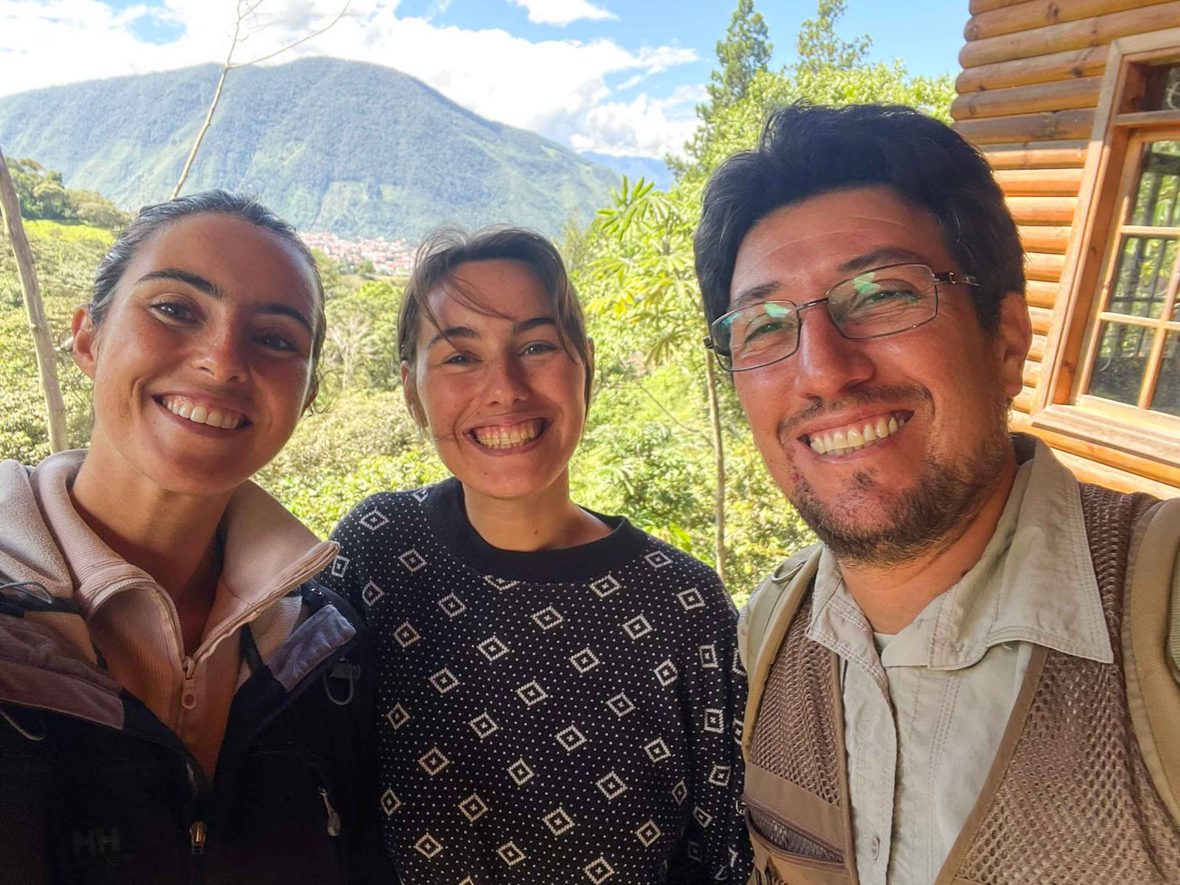
For Oxapampa, Alvaro’s sound tour is a new draw for more visitors in a region slowly growing its tourist market. “Tourism is very important in Oxapampa,” he says. “Since the pandemic, little by little, activity is recovering and the locals want to see more international tourists in the region.”
And sensory tours like this one might just be the ticket to attracting them. It not only creates a new way to experience travel, but it also opens up these places and opportunities to be more accessible to travelers of all abilities.
Far from the dense Peruvian jungle, in snowy Scandinavia, Jose-Carlos García-Rosell is a senior lecturer in tourism at the University of Lapland. He says there’s a small but growing market for tourist experiences that go beyond the visual. Jose points to ‘dark dining’ as an example: People visit restaurants to eat in the dark, in an effort to enhance their smell and taste. “You’re forced to use your other senses,” he says.
He says sound tours tap into this desire for sensory tourism experiences. “It’s about searching for something new and something you don’t try every day, that is something that can always be interesting.”
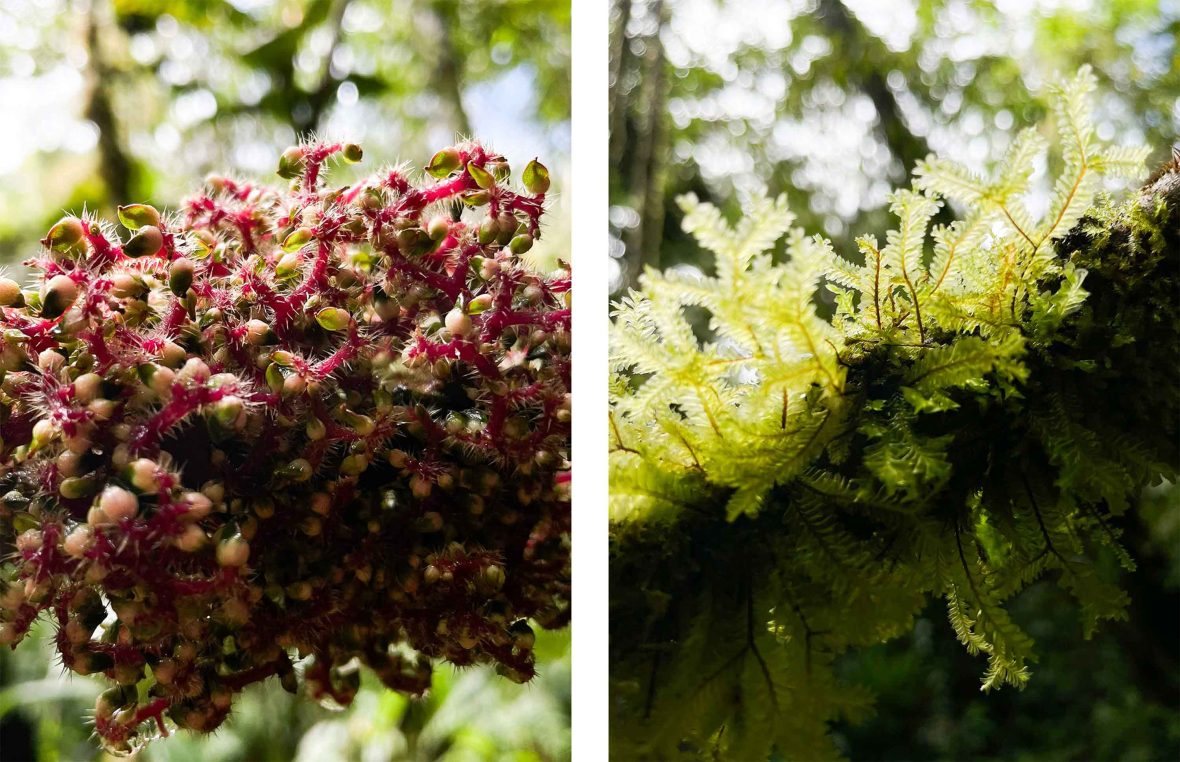
Back in Peru, Alvaro says people come away from his tours with a sense of mindfulness and joy, having engaged with a sense they usually use subconsciously. “They slow down and perceive, with their sense of sound, the here and now,” he says.
As I wander through the forest, rapping my knuckles on trees and rustling my fingers through the undergrowth, I feel this heightened sense of awareness in my surroundings. A regular walk in the forest is elevated—literally amplified as I listen.
Listening allows us to become aware of the subtle details of nature, so we merge as part of this soundscape. This helps us preserve, protect and respect based on love because the bond [with nature] is strengthened with sensory experience.
And there’s a science to this. Trevor Cox, Professor of Acoustic Engineering at the University of Salford and the former President of the Institute of Acoustics has spent years immersed in sound. He even traveled the world to create a guidebook of auditory experiences, from creaking glaciers to echoing pyramids. According to Trevor, sound plays a crucial role in forming memories—but we don’t always give it the attention it deserves.
“The thing is, we’re all really great listeners,” Trevor says. “Even this conversation is involving a lot of complicated brainpower, it’s just we don’t tend to listen or notice. A lot of things are quite visually dominated, so we’re maybe not that aware that we’re picking up the sound, but [sound] is giving a sense of being in a place.”
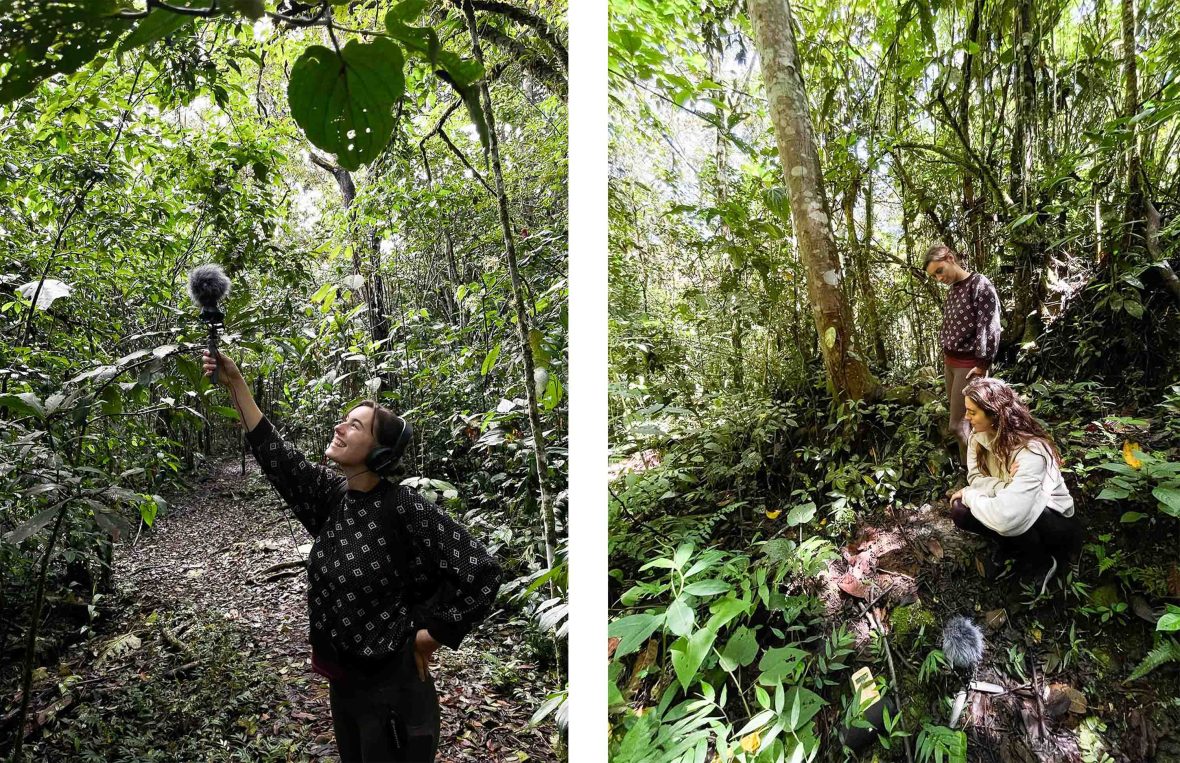
Globalization means soundscapes around the world—especially in cities—have become somewhat homogenized: Traffic, cell phones, and car horns sound similar wherever you go. But Trevor points out there are noises unique to every location in the world: The ‘bong’ of Big Ben in London, or the distinct calls of native birds in the Australian bush.
Engaging in those noises can heighten our experience of place. “Whether that’s traffic noise or birdsong, you’re interacting with a space and no longer locking yourself out from it,” he says. “Definitely, listening connects you with the world.”
On his bioacoustic tours, Alvaro hopes that a sense of connection through sound will foster respect for nature. “It allows us to become aware of the subtle details of nature, so we merge as part of this soundscape,” he says. “This helps us preserve, protect and respect based on love, because the bond [with nature] is strengthened with sensory experience.”
When we’ve taken off our headphones and downed our mics, Alvaro leads us to a clearing. He retrieves a small device from his backpack: A speaker with two leads which we’re supposed to clip onto a plant of our choosing.
I’m skeptical and a little confused by this machine. But as we connect the second lead onto a small leaf, a low hum surrounds us. Soon, a harmony of harps and gongs is pulsing through the forest. It’s as if the trees are singing.
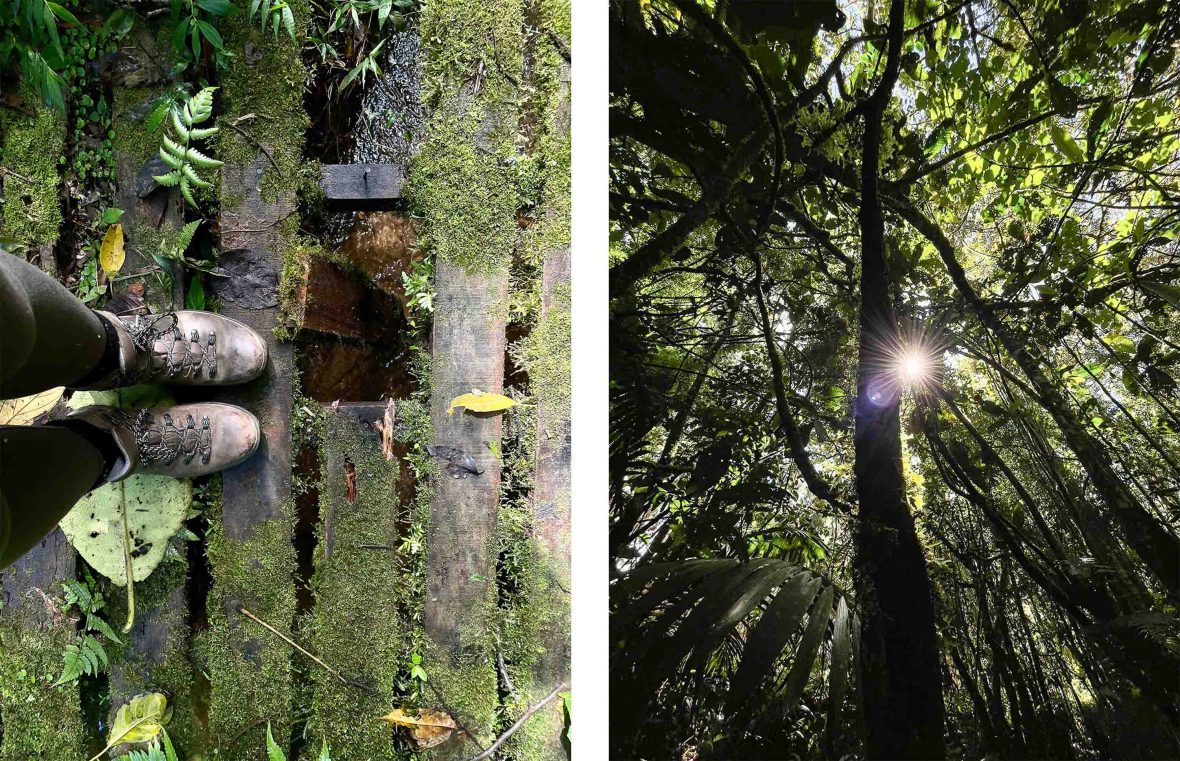
It’s easy to get sucked into the idea that the plants are literally making music. Scientists—and even the proprietors of devices like these—say this is not really the case. Rather, the machine works by tapping into waves of bioelectronic impulses in the plant, generating corresponding sonic waves, and playing them out as pitches using instrumental noises built into the machine. But the point the device illustrates can be heard in its meditative song: This place is alive, and we get to listen to it. It’s a satisfying metaphor.
Weeks later after I’ve left Peru, Alvaro messages me. He’s made clips for my cousin and I using the noises we recorded, mixed with the music from his device. Underneath trickling water and rustling foliage, you can hear us talking quietly about how interested we are in the sounds. I’ve looked at pictures from that trip and enjoyed them, but this personal soundscape is a different kind of souvenir. It transports me to that forest and its myriad of sounds more than a photo ever could.
***
Adventure.com strives to be a low-emissions publication, and we are working to reduce our carbon emissions where possible. Emissions generated by the movements of our staff and contributors are carbon offset through our parent company, Intrepid. You can visit our sustainability page and read our Contributor Impact Guidelines for more information. While we take our commitment to people and planet seriously, we acknowledge that we still have plenty of work to do, and we welcome all feedback and suggestions from our readers. You can contact us anytime at hello@adventure.com. Please allow up to one week for a response.

Louise Miolin is an Australian writer currently traveling around South and Central America. She cut her journalistic teeth with the ABC in Western Australia: first in a deserty patch of the northwest, then on the spectacular south coast, where she produced a daily radio show. She loves food, hiking, and people who clean up after themselves in hostel kitchens.




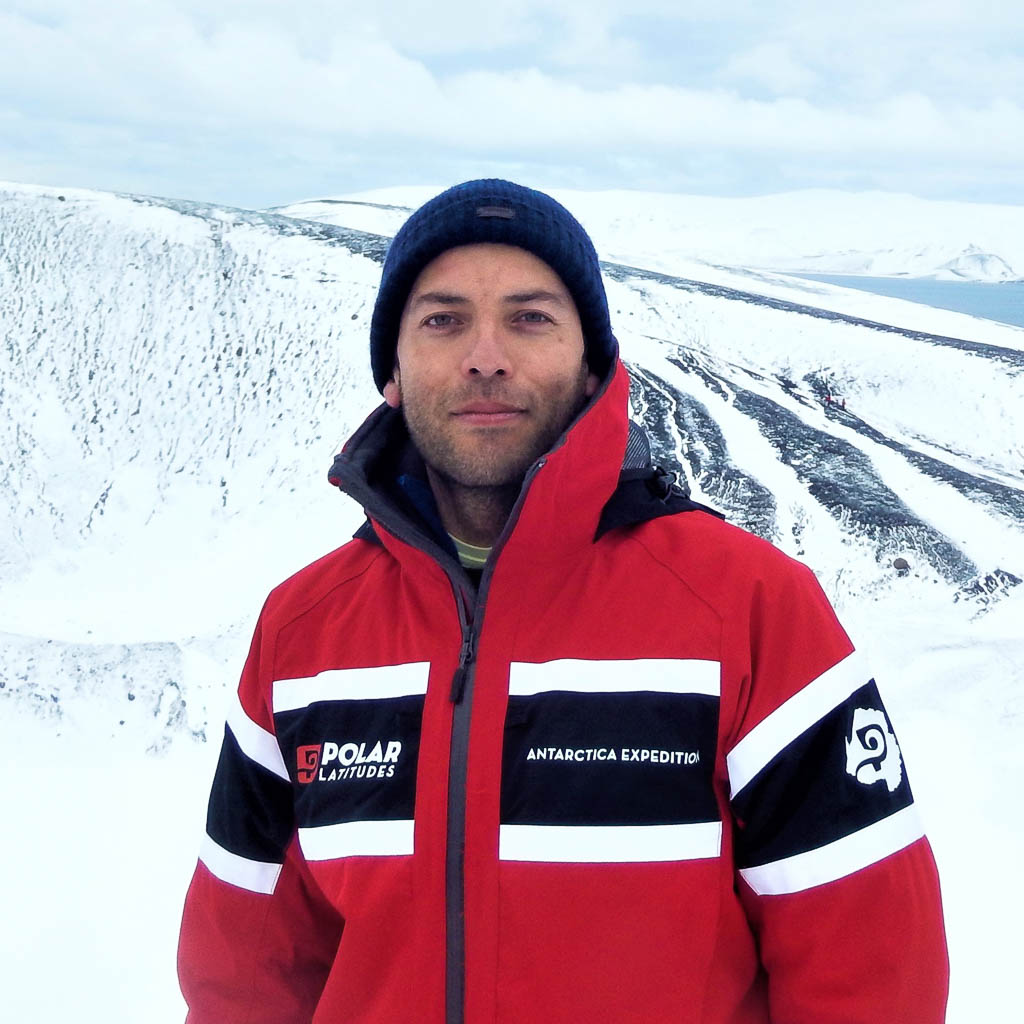

Can't find what you're looking for? Try using these tags: